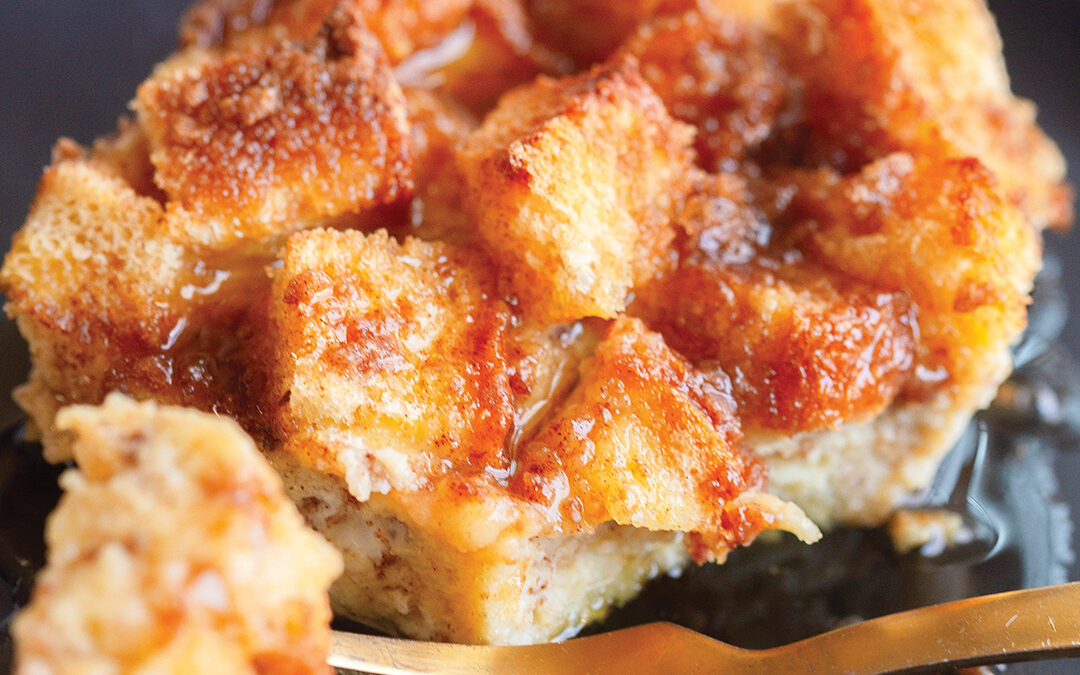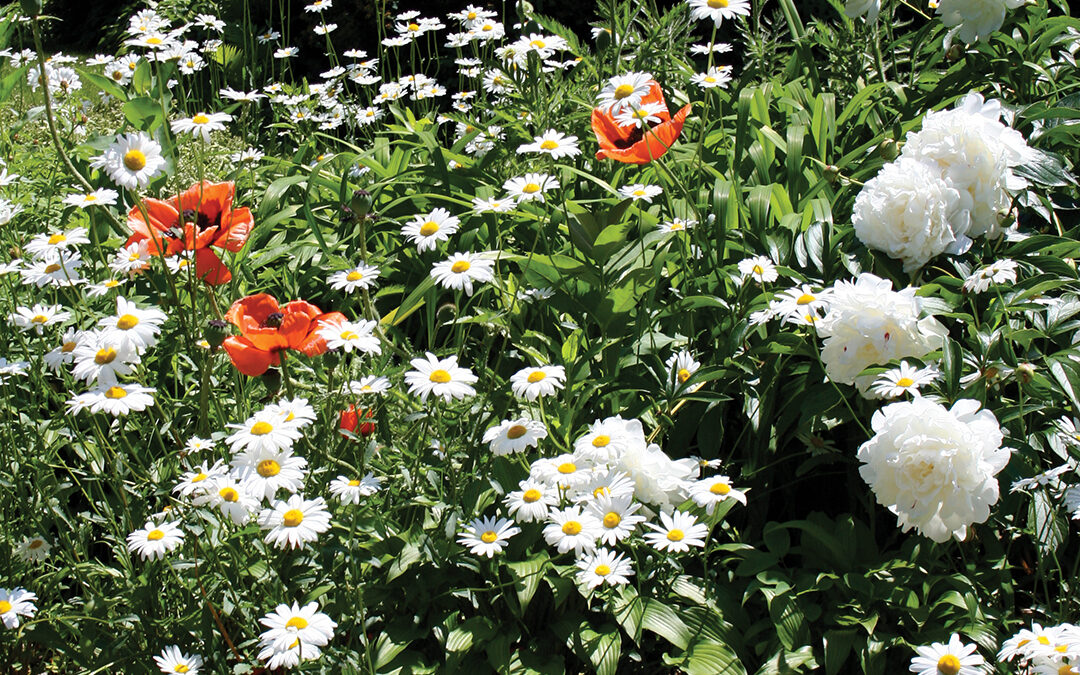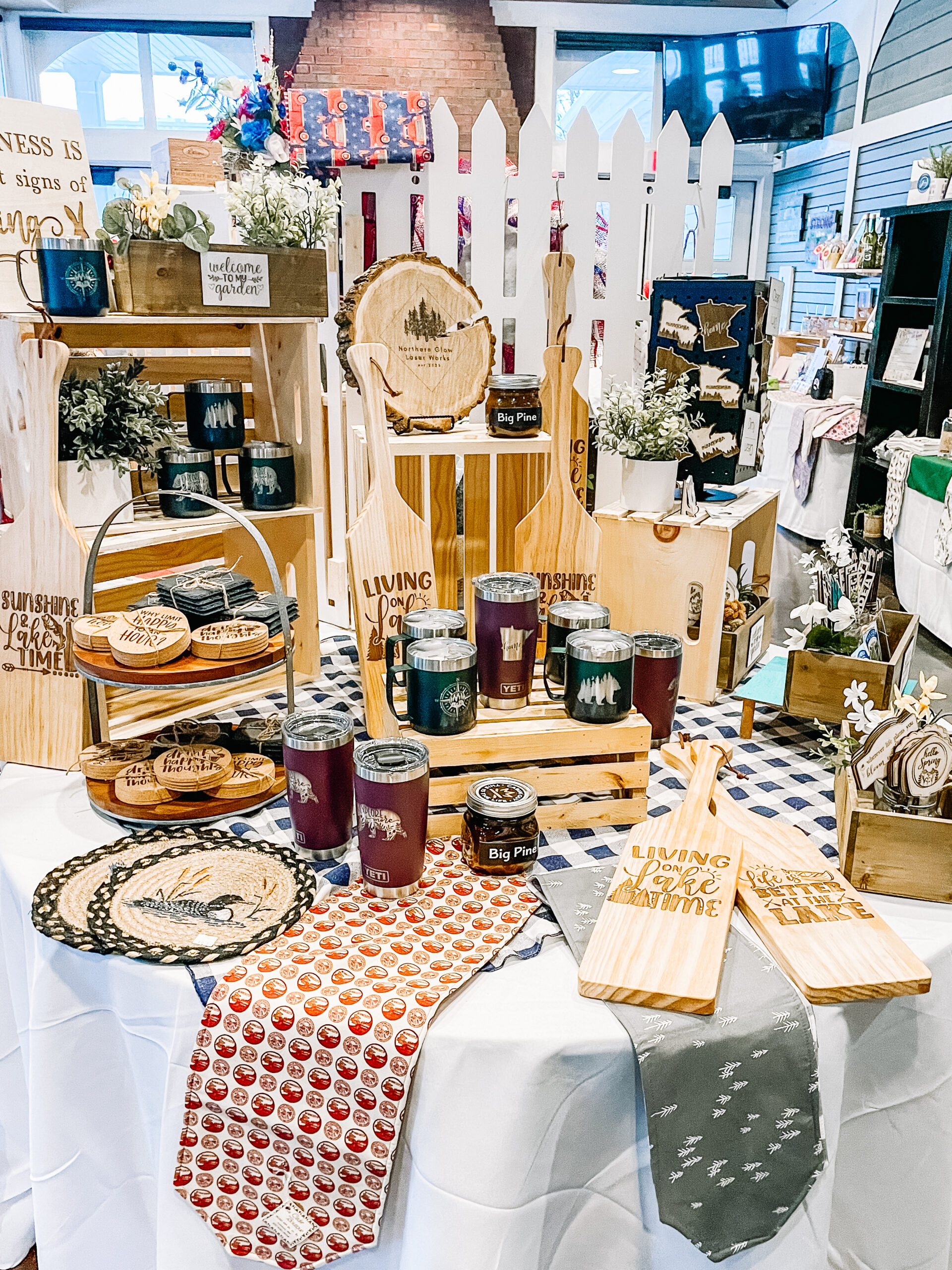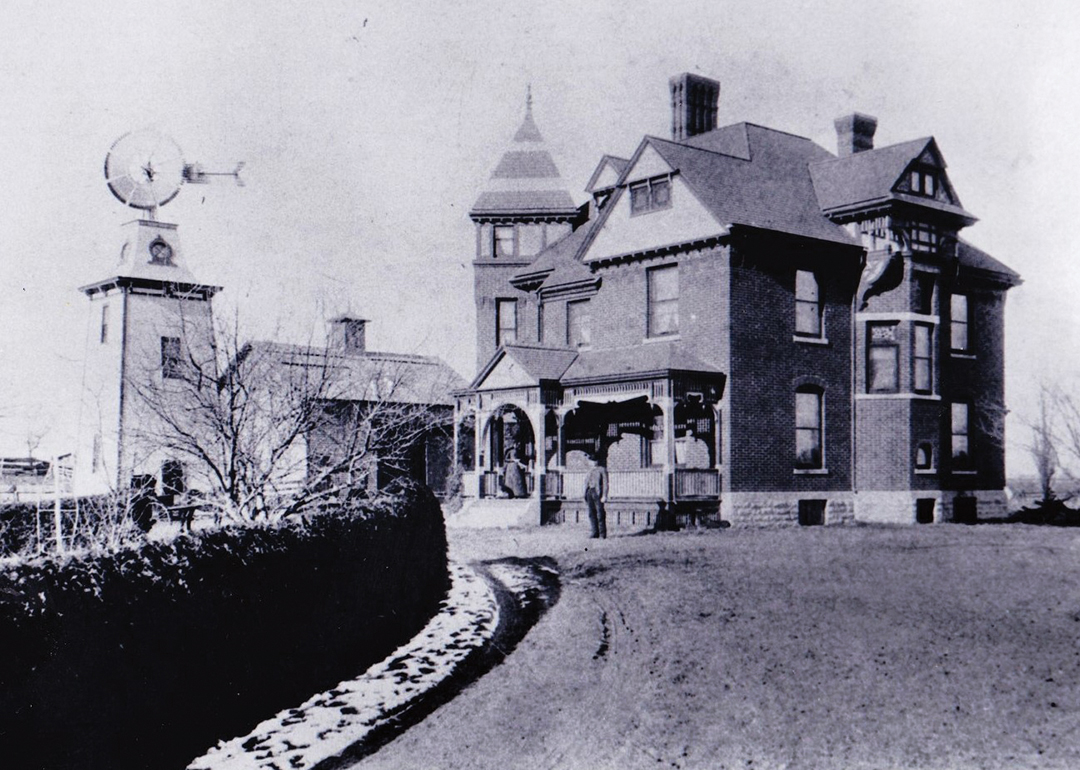
Scientists at the University of Minnesota develop cold-hardy grapes for Minnesota wineries.
Photo: University of Minnesota, David L. Hansen
When searching for great domestic wineries, Minnesota might not be the first place you think of looking. Yet, cold-climate Minnesota boasts 80 wineries. The key is breeding grapes that can handle the cold, something scientists at the University of Minnesota have been researching for decades.
Unlike in warmer-climates, Minnesota wineries rely on both cold-hardy and disease-resistant wine grapes. At the University of Minnesota’s Minnesota Agricultural Experiment Station, one of the top grape research programs in the country, more than 12,000 experimental vines are cultivated on 12 acres of land.
Matthew Clark, assistant professor of grape breeding and enology and the Minnesota Landscape Arboretum’s director of research, says, “At the University of Minnesota, our grape breeding project has focused on developing new varieties of grapes … [It’s] focused on bringing in genetics through breeding methods of high-quality wine grapes that people are familiar with and bringing in the cold to learn what varieties can grow here.”
Although cold climates were once deemed “too cold” for fine wines, regions such as Minnesota are now capable of producing such wines, if the grape varieties possess the properties needed to sustain the climate. Two varietals that do particularly well in Minnesota? Fruity frontenac and sweet la crescent.
Clark says Minnesota’s short growing season and severe winters contribute to how long grapes are on the vine, which plays a major role in flavor and aroma development. “The grapes in Minnesota do quite well with our short season because they’ve been selected and adapted for those environments,” he says.
At the University of Minnesota’s experiment station, cultivating a new wine variety takes an average of 20 years. The enologists use traditional breeding methods to crossbreed the grapes in order to bring out the traits they are interested in. “[In 2021], we [planned] to make 50 crosses … from that, we will target 5,000 seeds to grow [this] year,” Clark says. Genetic testing for specific traits and disease resistance follows; and after the vineyard produces fruit, three to five years later, the enologists taste it and determine if it is worth evaluating for a second time.
“In many cases, the answer is no. Things that perform well is one in 1,000 vines,” Clark says. “In our case, we grow 10,000 vines at one time, so we go through and pick out the vines performing well. Over the year, we make 75–100 wines and taste those to help us make decisions about a new variety.”
To produce a new variety, the station relies on university collaborators, such as nurseries, to test the vines. Once there is a new variety released, the station works with growers to produce the vines, nurseries to propagate the vines and licensees to sell the vines.
“We often hear people say that wines in the Midwest are sweet,” Clark says. “One reason we might see more sweet wines in the Midwest is because the grapes have a higher acidity.”
Residual sugar, found in wines with a good balance of sugar and acid, can offset the tartness in wine grapes and, in turn, create sweeter wines. Although many of the wines produced by the University of Minnesota have been on the sweeter side, Clark says the program is focusing on developing new wine grapes with lower acidity, with the goal of producing more dry wines.
The most recent variety, Itasca, released in 2017, features lower acidity and high sugar levels. The variety outperformed everything in its class and survived the 2013–14 polar vortex. “It received an A+ grade,” Clark says. The white wine has been a best-seller among the University of Minnesota’s varieties.
Currently over 100 selections are being tested for cold hardiness and disease resistance, as well as viticultural traits such as productivity and ripening times. However, it may just be another 20 years before we see another variety released.
Try Minnesota wines at Edina Liquor
Want to check out some Minnesota wines? Head to one of Edina Liquor’s locations. It carries three different wines from Carlos Creek Winery in Alexandria, Minnesota. Mike McBride, the assistant general manager of liquor operations at Edina Liquor, says that Carlos Creek is one of his team’s favorite Minnesota wineries. “They offer a great variety of wine styles that are made to be paired with life occasions,” McBride says. Carlos Creek is located at Bold North Cellars—which McBride says is “fully powered by wind energy and utilizes sustainable wine-making practices.”
Learn more about the three Carlos Creek wines Edina Liquor carries below.
Carlos Creek Frontenac Gris
A beautifully balanced white, this 100 percent frontenac gris is made with locally sourced Minnesota grapes. It features aromas of fresh peaches and a hint of floral notes, with a flavor profile of peaches, nectarines and candied lemons.
Carlos Creek Marquette
The marquette grape, developed by the University of Minnesota, is a descendant of the pinot noir varietal. The resulting wine is a medium-bodied, dry red. It features a complex flavor profile of bright cherries, spice, earth and hints of leather and melon—and finishes with notes of smoke and oak.
Carlos Creek Minnescato
What do you get when you create a blend of white Minnesota grapes? A lightly sparkling “Minnescato.” The blend of frontenac gris, brianna and frontenac blanc results in a bright and fruity white with notes of tropical fruits, making it easy to sip and pair.
Minnesota Agricultural Experiment Station
Edina Liquor
Facebook: Edina Liquor
Instagram: @edinaliquor






















